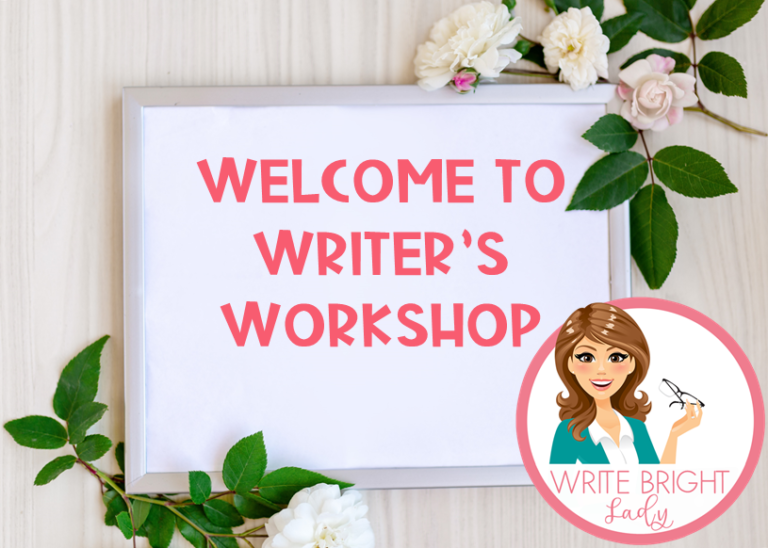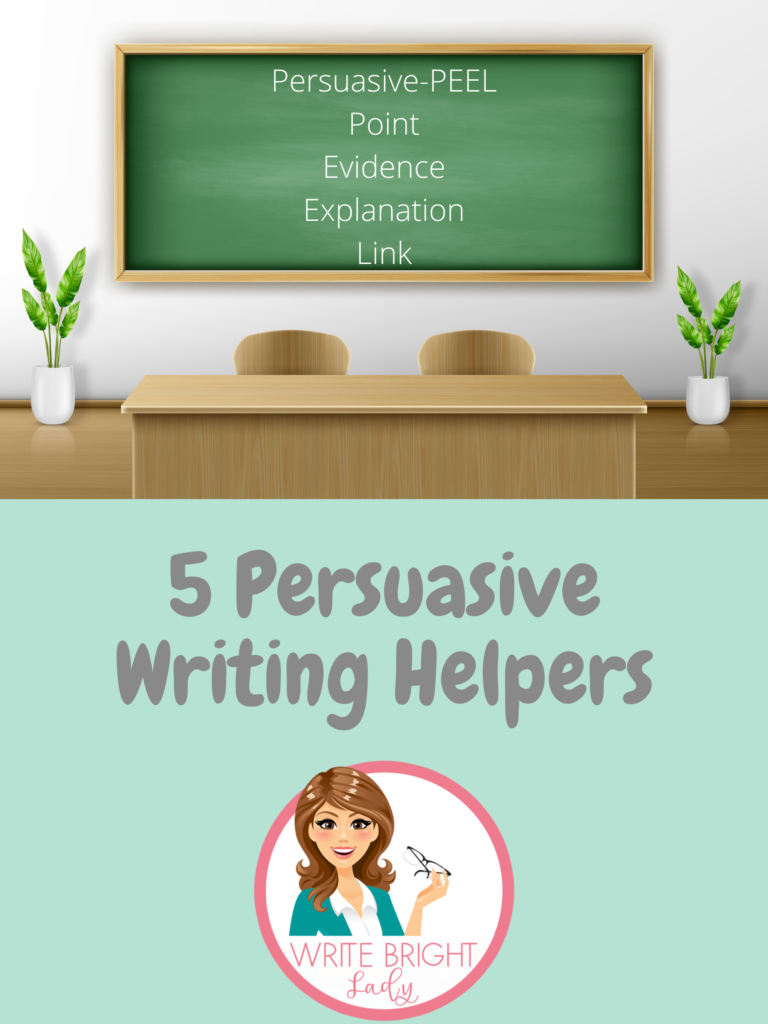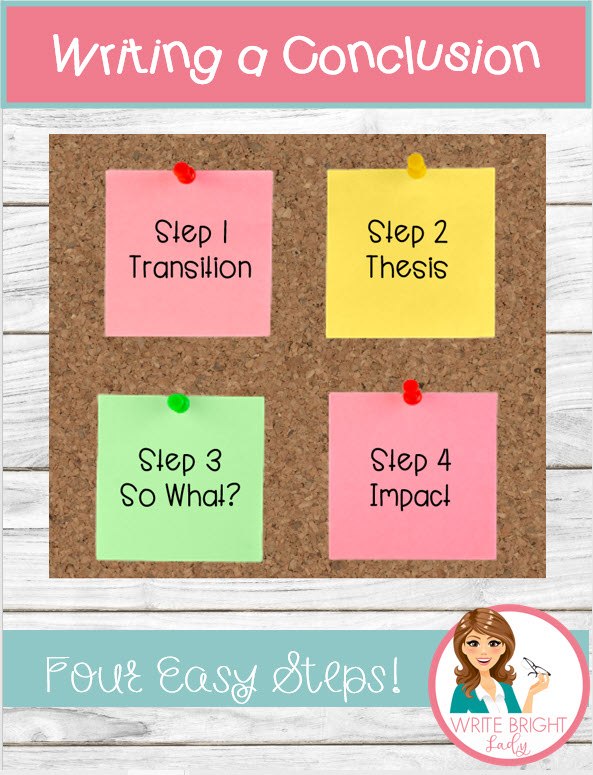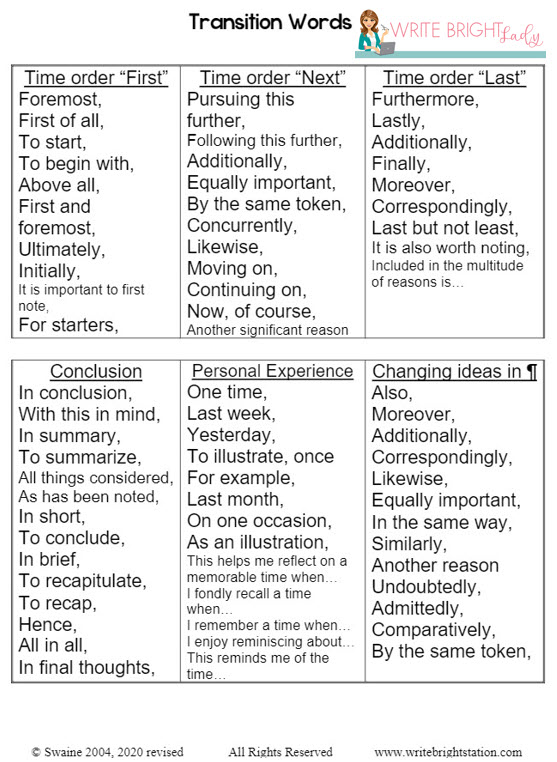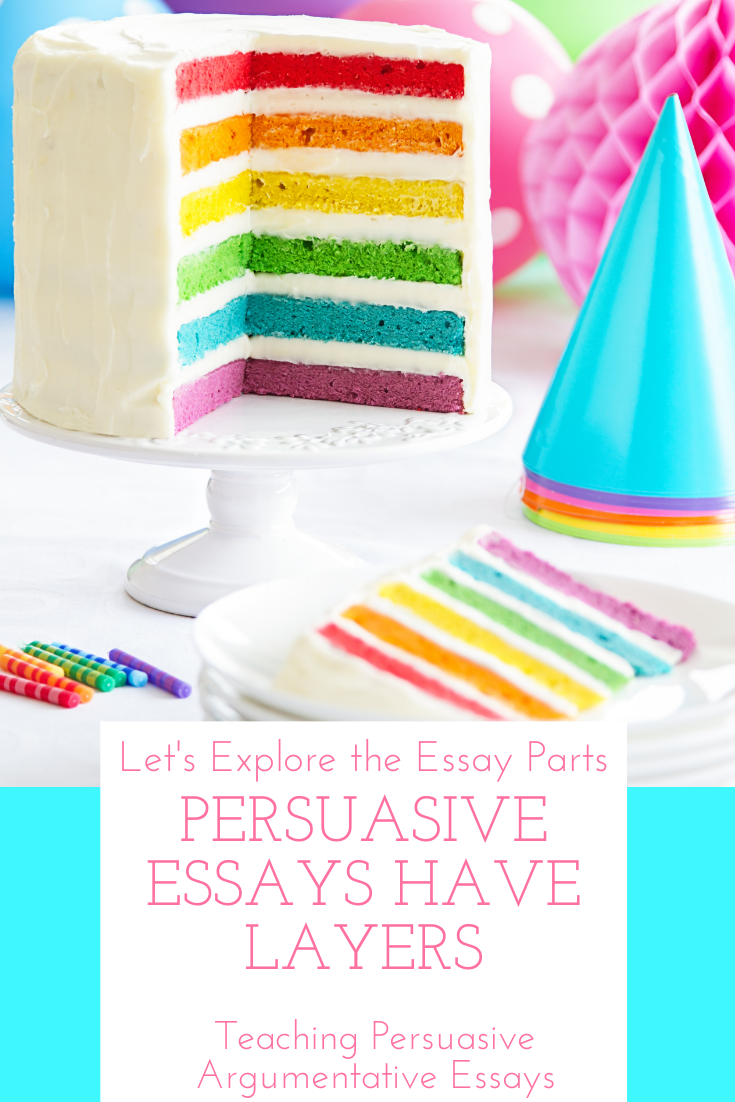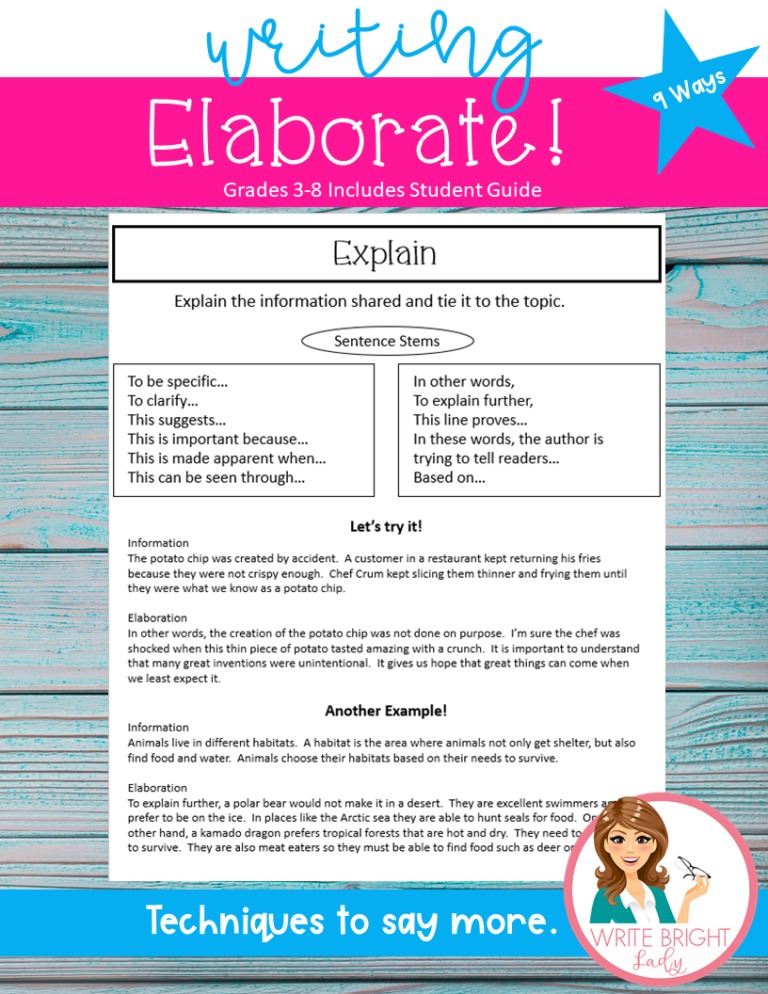Elementary Students Become Empowered with Writing Sentence Starters
Have you ever asked the question “Are sentence starters like cheating?” The answer is no. Writing sentence starters are a great way to springboard students into action. When I give my 5th graders writing sentence starters it takes the anxiety out of writing. Providing writing sentence starters is a way to get their pencils moving without the frustration of wondering how to start an essay. Getting started can be one of the most difficult parts of the writing process. When students are given a list of sentence starters, they feel empowered as they have a starting place.
Before we dig too deep into writing sentence starters, if you need extra tools for your classroom, I’ve got you. Click here to gain the password to my growing freebie vault. You will feel like a kid in a candy shop. Anytime teachers can help teachers, I’m game.
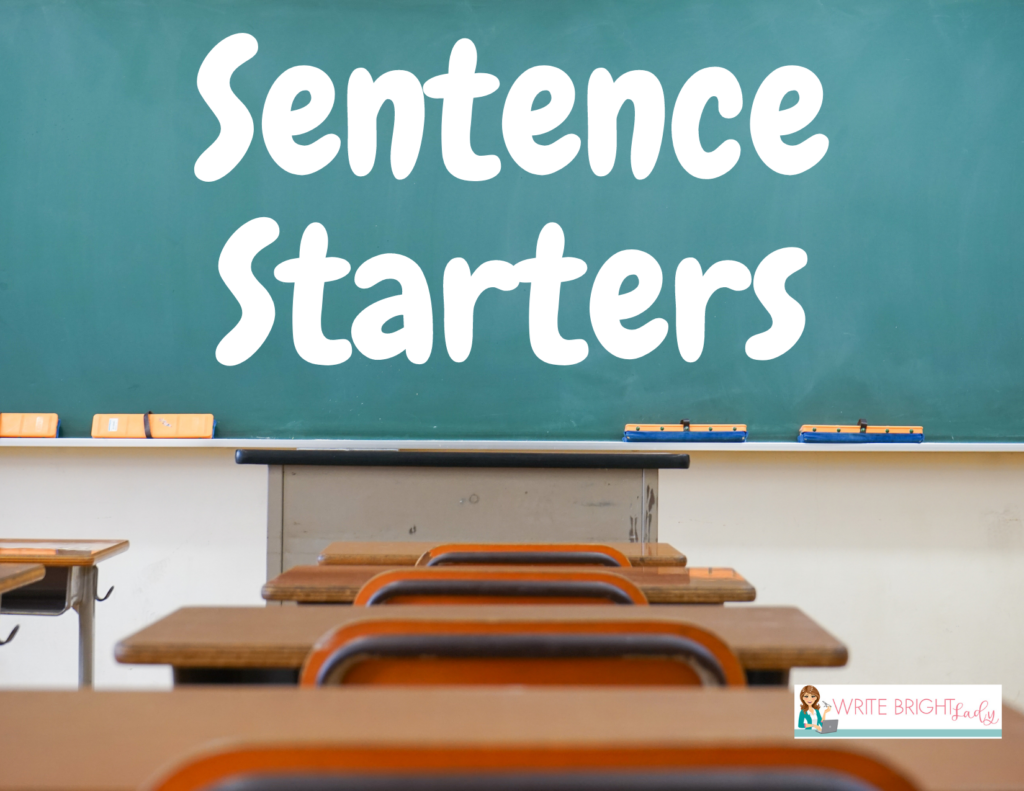
I know you have been here!
Last week I was in a situation that we have all experienced as teachers. During writer’s workshop, one of my fifth graders had his head down with tears dripping from his big blue eyes. “I’m stuck,” were the only words he said. Putting my hand on his shoulder for comfort, I told him I had just the thing. I pulled from his writing folder a tool that he didn’t realize was in his writing packet. It was a list of sentence starters. Not just one, but several categories of starters to use as he progressed through his essay. “Can I copy them word-for-word?” he asked. “You most certainly can,” I said with a smile. Immediately, joy returned to his face as he picked up his pencil and began working.
Folks, this is what sentence starters are all about. It is about giving students a place to start. Think about when you teach a kid to ride a bike. You run beside them pushing the bike until you launch them down the road as you let go. Sentence starters are the same concept. You are launching a student that needs help so they can keep driving down the road toward success.
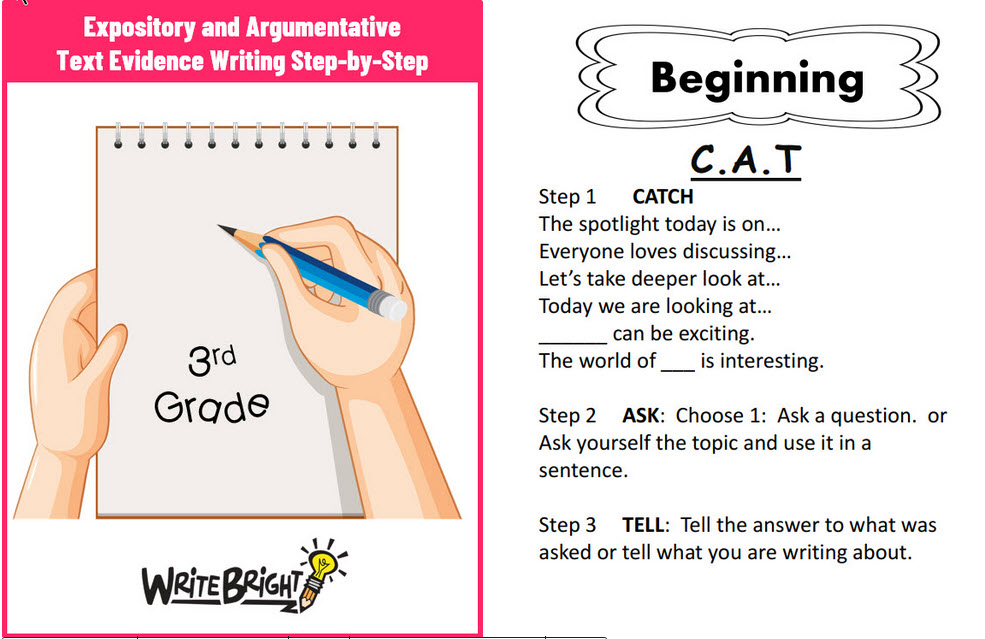
What are sentence starters?
Sentence starters are a learning scaffold that can help students respond to a given prompt. They reduce the pressure students feel to formulate responses by supporting and improving their writing. Written communication can be intimidating, causing students to shut down, cry, or even become angry. This should be avoided at all costs. Teachers want to encourage students to write in a safe space. By providing sentence starters it takes away the fear of not knowing how to begin the writing piece. Learners are empowered to write through a provided structure. Sentence starters give a starting point. They are a scaffold or an accommodation for those who need them, making writing possible for all students.
Why use sentence starters?
By decreasing anxiety teachers can ensure all students feel successful in the learning community. Through sentence starters students can master basic communication and writing skills as they are developing into lifelong writers. Create lists of stems that are appropriate. Review the stems with students and give examples on how to complete them. Practice, review, and clarifying when needed. Let’s get real. Students come to school with different abilities. Some can fluently write paragraphs, while others struggle to decide on the first word. Writing is the most challenging academic skill teachers ask of elementary students. It requires them to put into action all of the things they have learned about sounds, word parts, sentence structure, and more. When students are reluctant to write, sentence starters give them ideas as a springboard to get words on paper. Teachers want to set their students up for success. Providing this scaffolding is a dynamic way of building confidence in young writers.
Action Plan: 4 easy steps
Step 1: Choose the right framework.
What type of writing are you doing: expository, persuasive, narrative, paragraph, text-based, prompt writing, and the list goes on. There are a variety of frameworks available for every style. You are the teacher, so you get to choose. Find the framework that will work best for your students. What you don’t want to do is have more than one framework for a given genre. Settle on the one you want and stick with it for the entire school year. You can have different frameworks for different genres, but not different frameworks for the same genre. Wright Bright has free lessons that show an example of frameworks for expository, persuasive, and narrative genres in the areas of both prompt and text-based writing if you want to take a look.
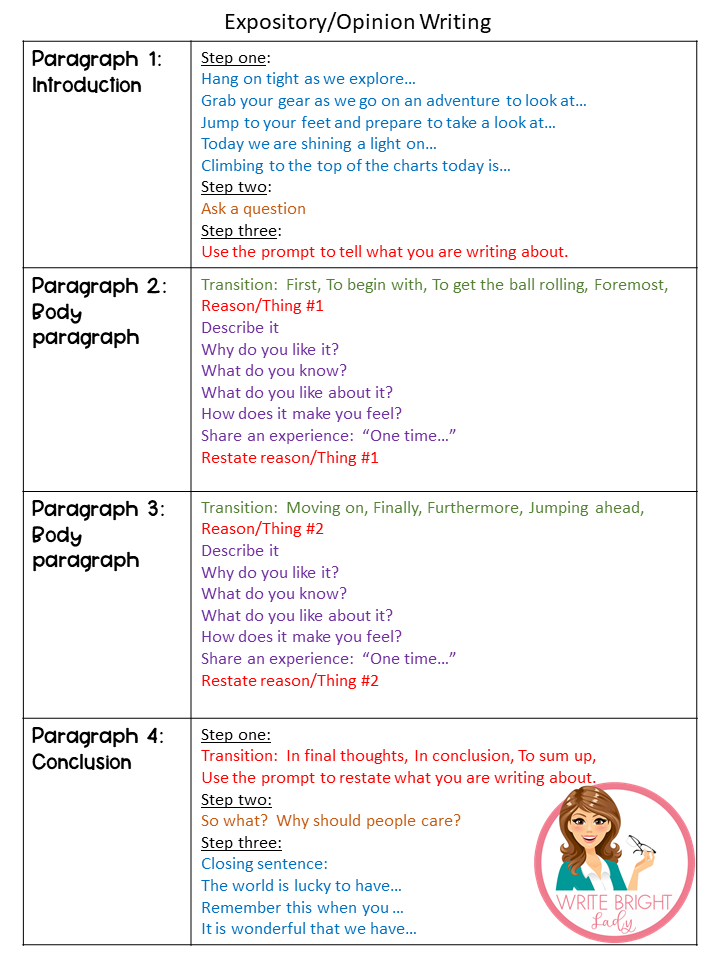
Step 2: Create or find sentence starters.
Once you have the framework, find sentence starters to fit in with the different parts of the essay. You want to provide a good amount for students to choose from. The nice thing is that students will often look at the provided starters and make up their own that are even more creative. They just need an example of good writing to head them in the right direction. Other students will use what you provide as a security blanket, but can later be weaned off of the cookie cutter sentence stems as they grow in confidence.
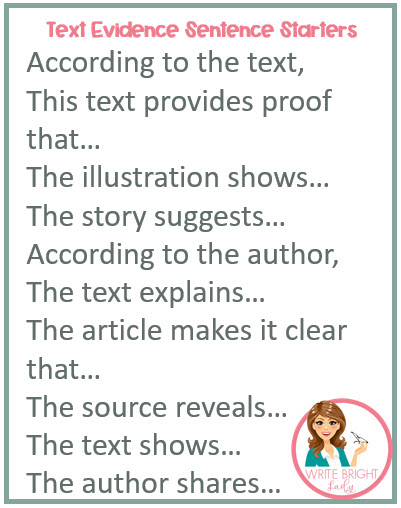
Step 3: Compile all writing resources into a writing packet.
Students should have a writing folder dedicated for writing assignments. In the left pocket, they can keep their writing packet. This is a compilation of the materials you want them to use throughout the year. This includes their frameworks as well as their sentence starters for each framework. When you say “Take out your writing packet,” there should be no searching, but rather they should be good to go with everything they need in one location. It is also a good idea to number the pages in the packet so you can quickly tell them where to turn based on the form of writing you are doing on a given day. Writing packets should have other tools such as similes, metaphors, better verb choices, synonyms, and more. As you stumble across resources you love, add them to your collection for years to come. The more resources you give students, the more relaxed they will feel about tackling the task of writing.
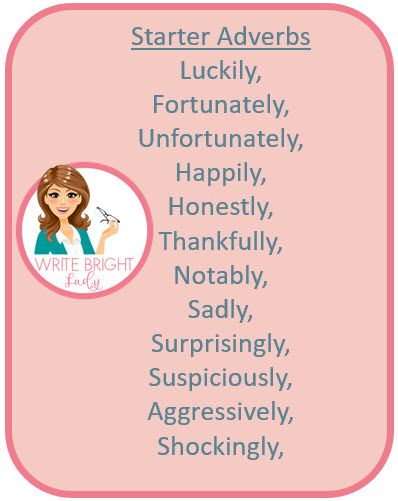
Step 4: Guide students through the essay.
Yes, you have given them a framework. Yes, you have provided stems. Yes, you still have to teach. Don’t leave them to do this task on their own. Providing guidance improves the writer as a whole, not just the piece they are producing. For the first 4 weeks of a new genre, you will need to hold their hands through the process. Guide them step-by-step. First, introduce the lesson. Spend time analyzing the prompt or writing instructions. Read the passages together if you are doing text-based writing. Second, start with sentence one. Remind them to indent. Model for your class to see. Then have them point to the sentence stems you have provided them with before asking them to write. When they are finished, give the next step. As they write, walk around to draw attention to things that need to be corrected. There is nothing worse than a child feeling defeated by writing several sentences that are incorrect. Try to catch big mistakes and stop them in their tracks.
| Focus | Guidance |
| Composition | What would be a good way to hook your reader? What would be a better word? What do you think about starting your next sentence like this? How could you elaborate on this? These two sentences in a row start with the same word, how could you start this one differently? |
| Mechanics | What goes at the end of a complete thought? What sounds do you hear in this word? What should you place at the end of a question? Clap this word out to hear the parts.Let’s see where we could put punctuation in this long string of words. |
| Elaboration | What do you personally know about this topic? Have you ever experienced this? Have you ever seen something on television about this that you could share? What are your thoughts on this? |
| Self-monitoring | Reread what you wrote here. Say it out loud before you write it. Does it have enough details? Can you say it in a better way? Will your reader understand? |
| Next steps | Where can you look to figure out what to do next? What information should you share next? Reread what you have written to help show where you need to go. |
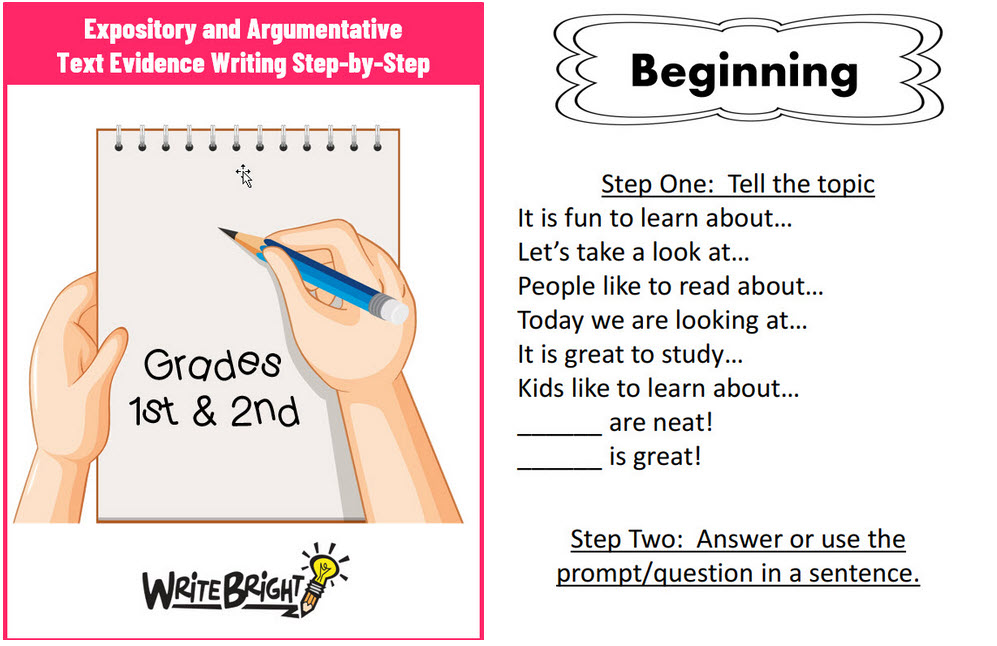
Don’t wait until students become frustrated.
Providing high levels of scaffolding and reduce as needed. You may feel like you are telling them what to write or doing it for them. This is okay in the beginning. The goal is to give them direction and build confidence. Even if they are writing your ideas, they are still learning. You are giving them a safe environment which is valuable in creating life-long writers. Guided writing lessons provides teachers with teachable moments. It is intensive teaching as you circulate the room giving help where needed. In time, you will have done your job well in molding your students into successful, independent writers.
Here are some interesting things I found while researching
This is a spin the wheel story starter generator for journal time HERE.
Lakeshore Learning has monthly journal writing free calendars HERE.
LearnZillion has a video on writing a strong opening to an informational text HERE.
“Help Struggling Writers Improve with Sentence Stems” HERE
Click here to gain the password to my growing freebie vault.
What about confident writers?
Let them have at it! As long as they are using an organizational structure, do not require them to use sentence starters. We don’t want to box writers in, but many of them preview sentence starters to get their own imaginative juices flowing. In fact, in Graff and Birkenstein’s book “They Say, I Say,” they draw attention to the use of sentence starters. They are familiar with the “I don’t know what to write” syndrome that drifts through our classrooms. In their research, they have found strong evidence that sentence starters are beneficial to writers of any age. It is a launch pad to writing clear, well-structure sentences. Don’t leave them to flop around like fish out of water; instead provide this scaffolding that allows them to produce a quality piece of writing that will allow them to shine.

